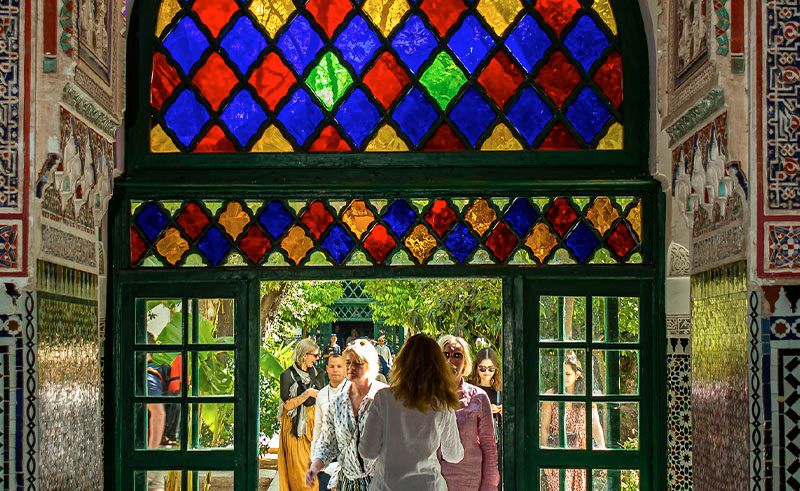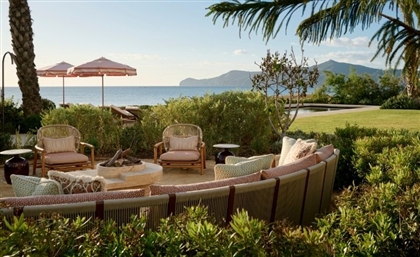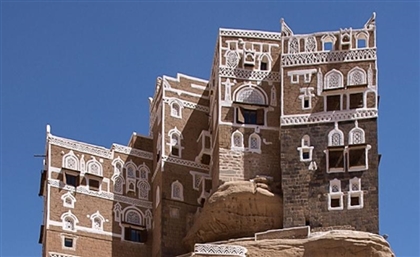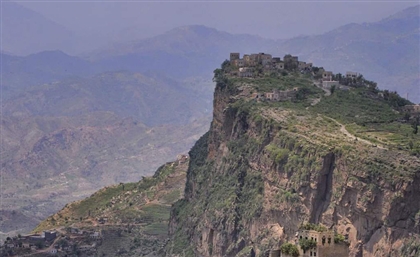Morocco's Lavish Bahia Palace Upholds Forgotten Narratives
With open courtyards that span to encompass an 8,000 metre garden, the palace rejects the suffocating circumstances Si Musa was born into.

Designed to capture the essence of Islamic and Moroccan design, Bahia Palace serves as a time capsule for bygone - albeit momentous - eras. The 19th century structure brims with mosaic enshrouded chambers and is entirely coated in stately stuccos. Amidst ravenous social movements and life-altering political turmoil, Si Musa - the sultan’s grand vizier, who descended from a family of black slaves - built the palace and designated it a sanctuary and an emblem for the vigour through which he tore through prejudice.
Named after one of Si Musa’s wives, the palace boasts a central court ornamented with a basin and chambers for surrounding concubines. With open courtyards that span to encompass an 8,000 metre garden, the palace rejects the suffocating circumstances Si Musa was born into and actively challenges - through occupying grand spaces - the social polemics that propelled him to construct the palace in the first place.
Originally designed for personal use, the palace grew to accommodate royals including King Hassan II and then was transferred into custody by the Moroccan Ministry of Culture. Now serving as a cultural icon and global tourist attraction, Bahia Palace is recognised for its artistry first and foremost and its stained-glass embellishments, the first of their kind in the region.
- Previous Article Luxury London Hotel ‘The Ned’ to Open in Doha
- Next Article Travel Across History on Egypt's Most Iconic Bridges























